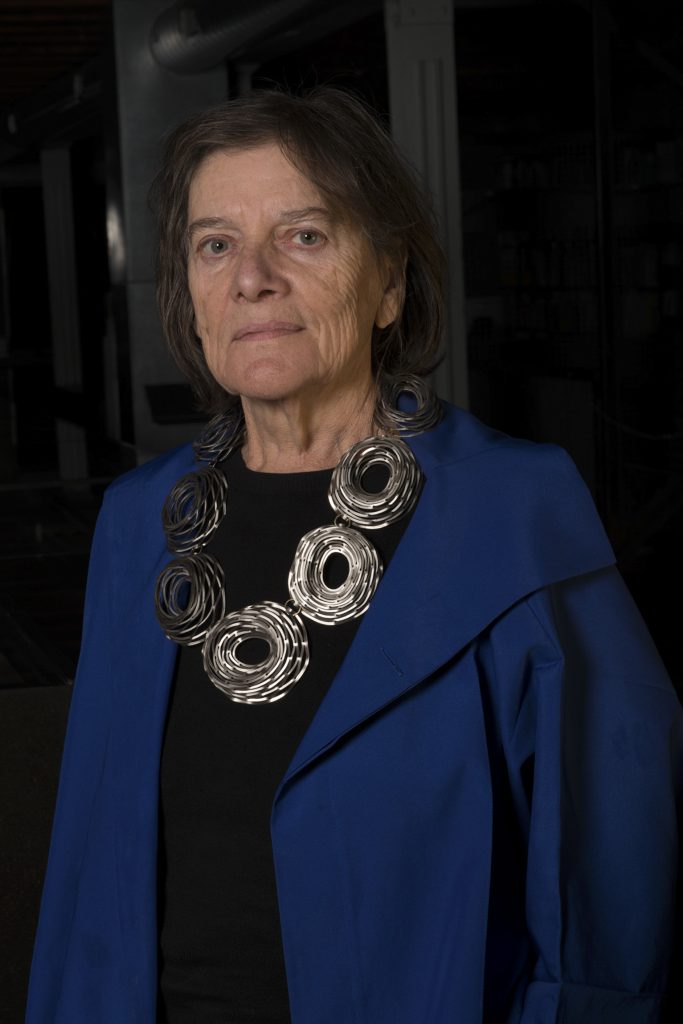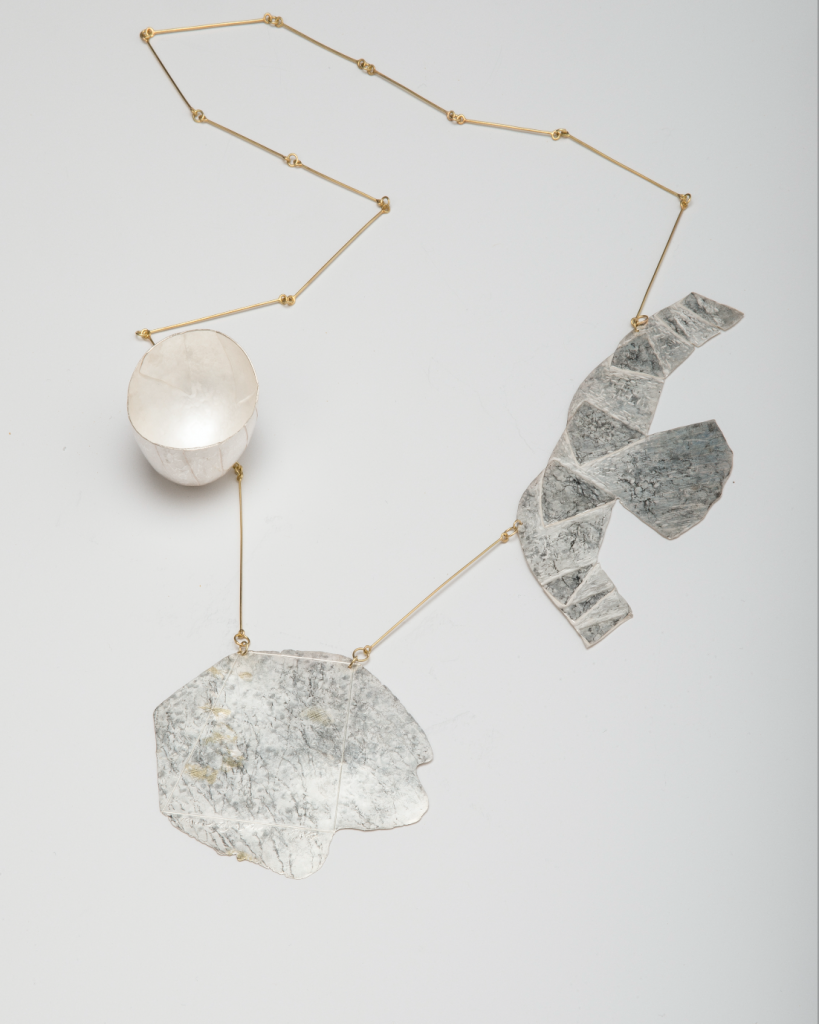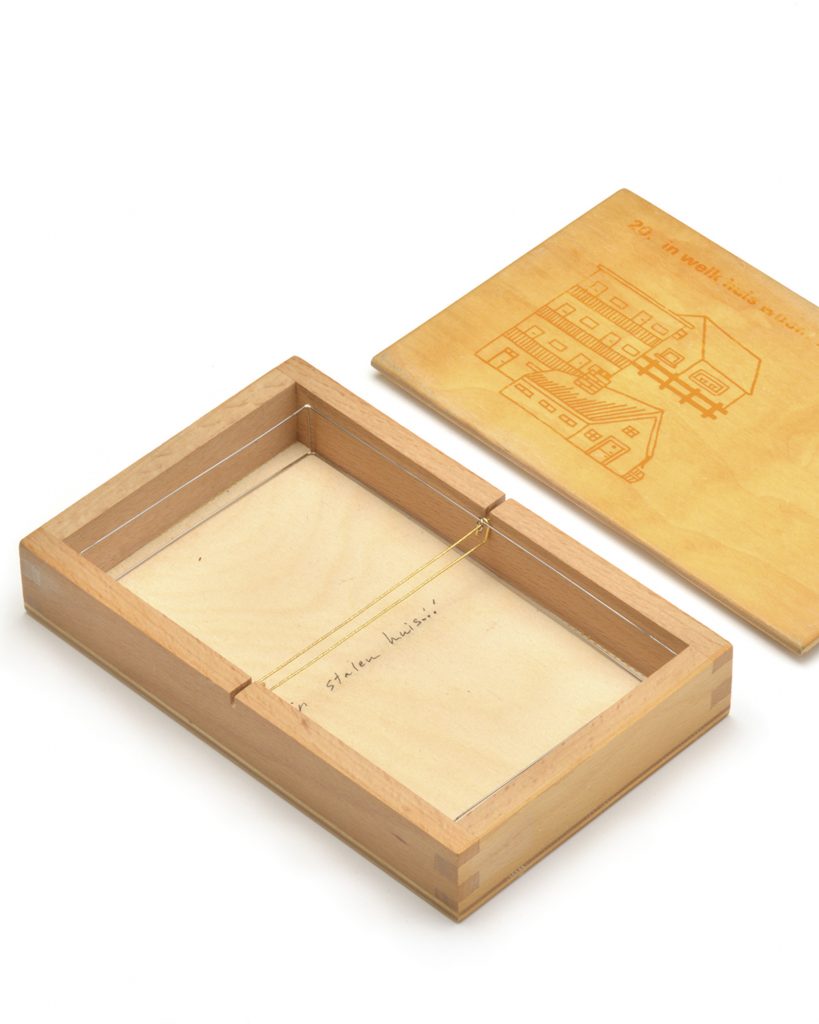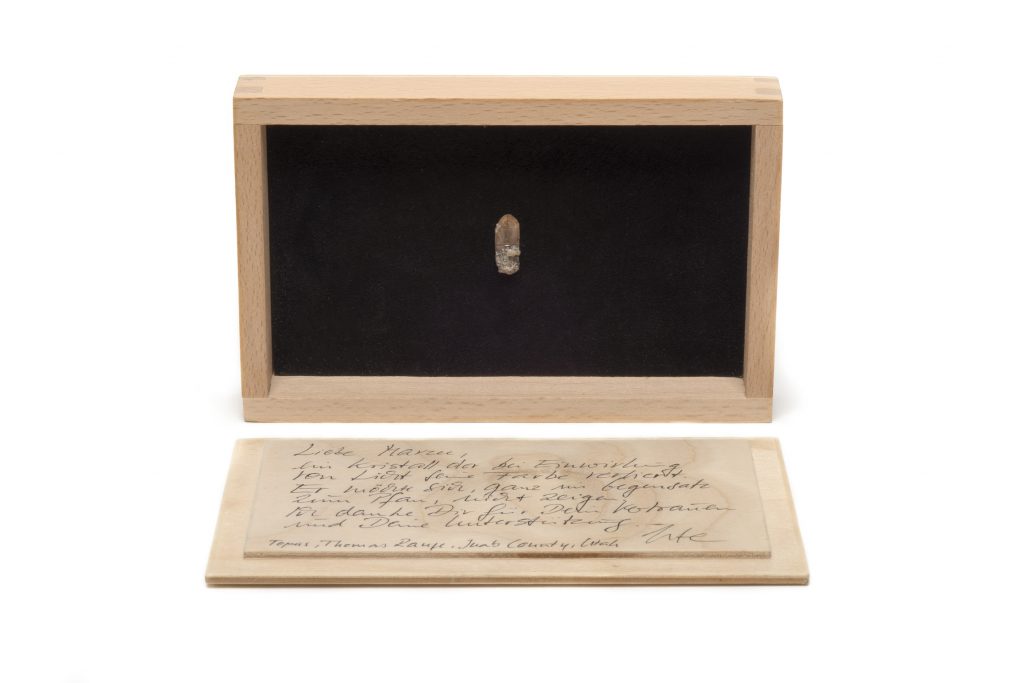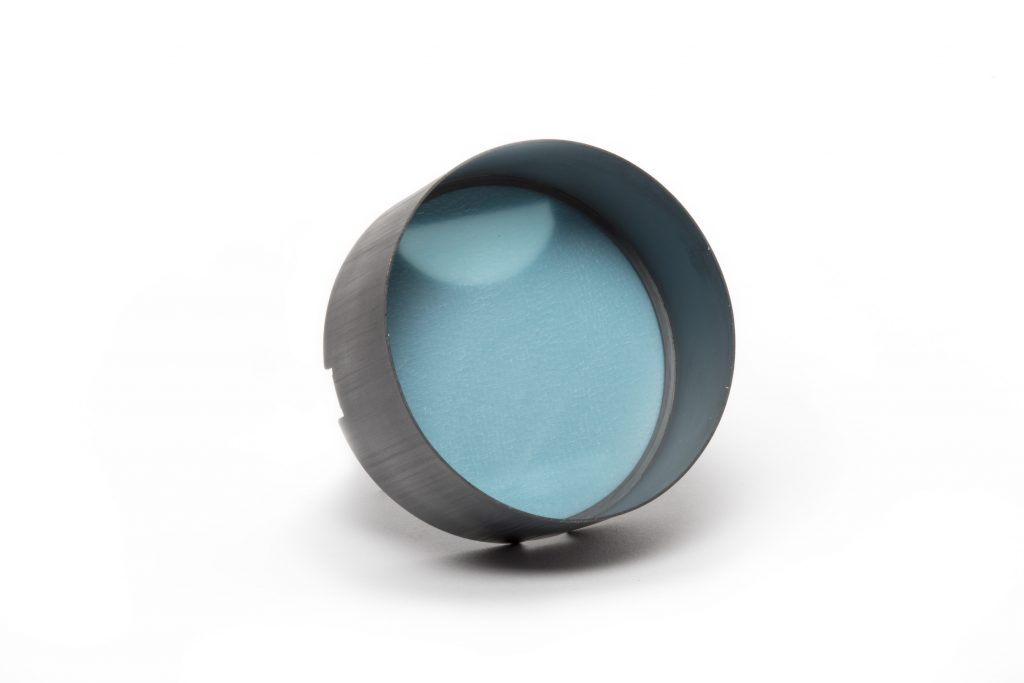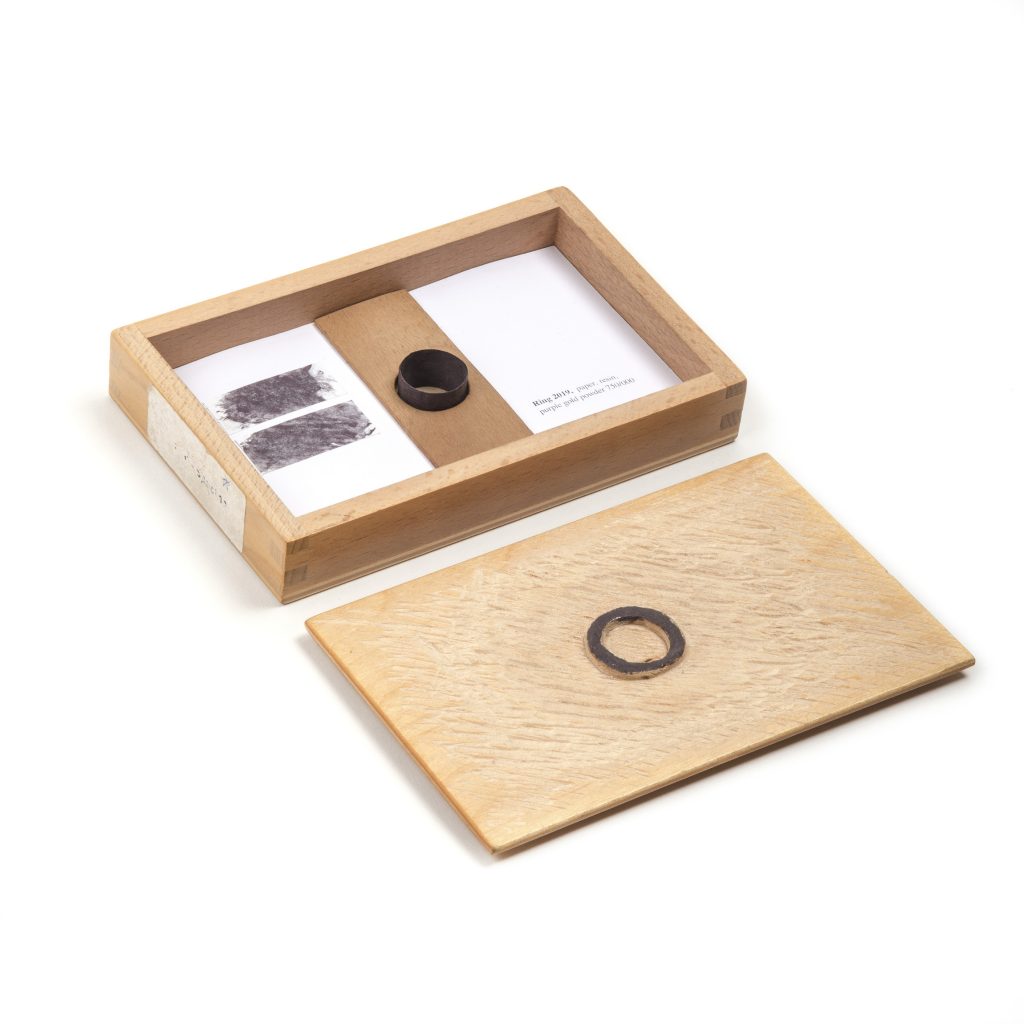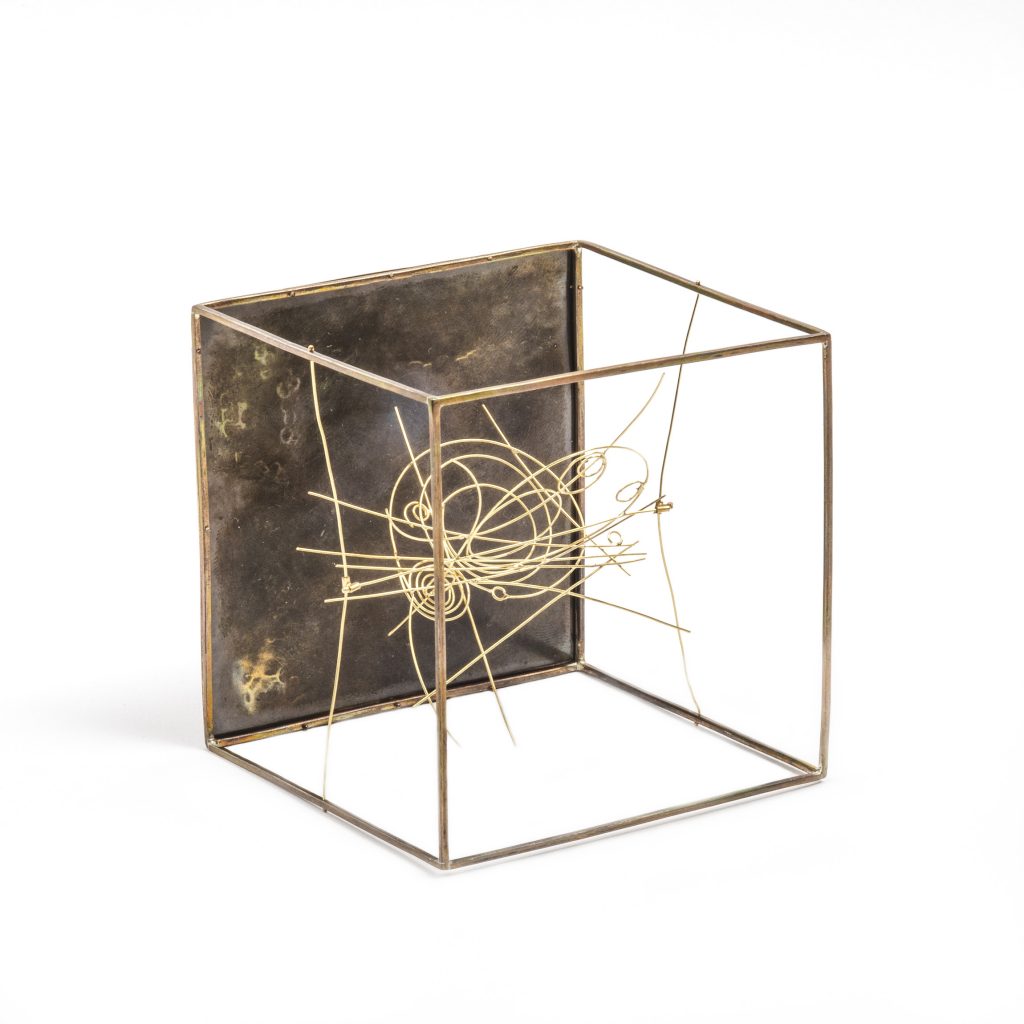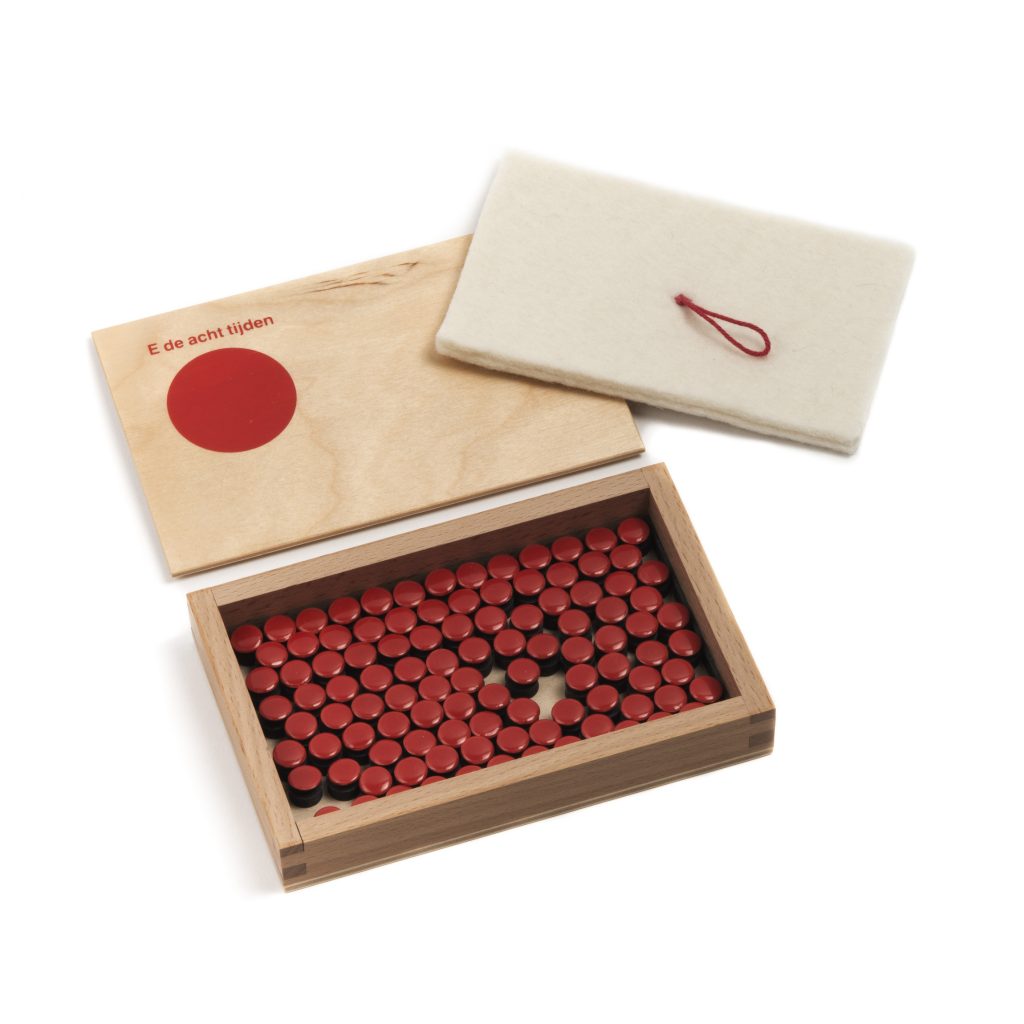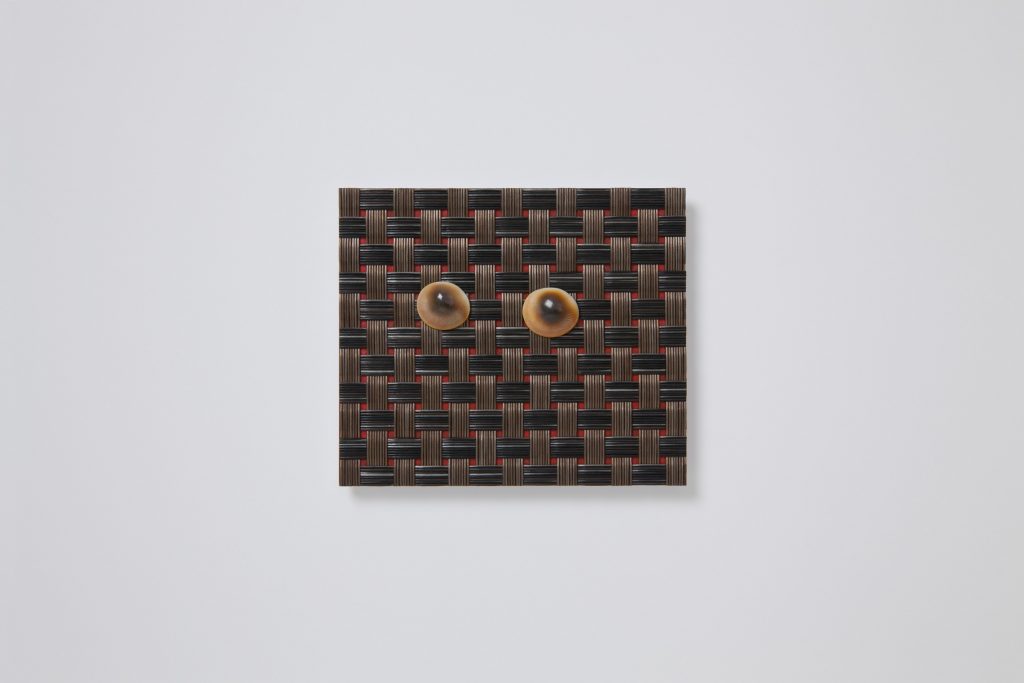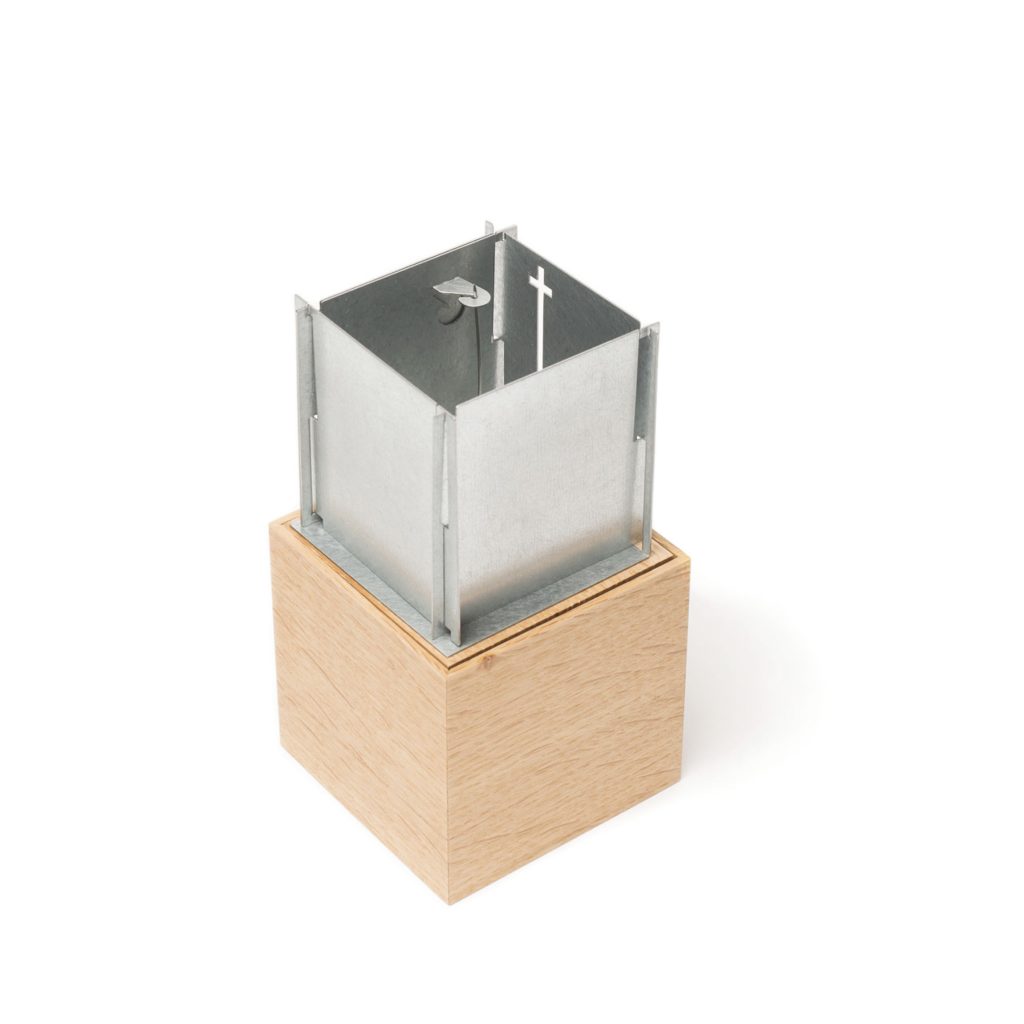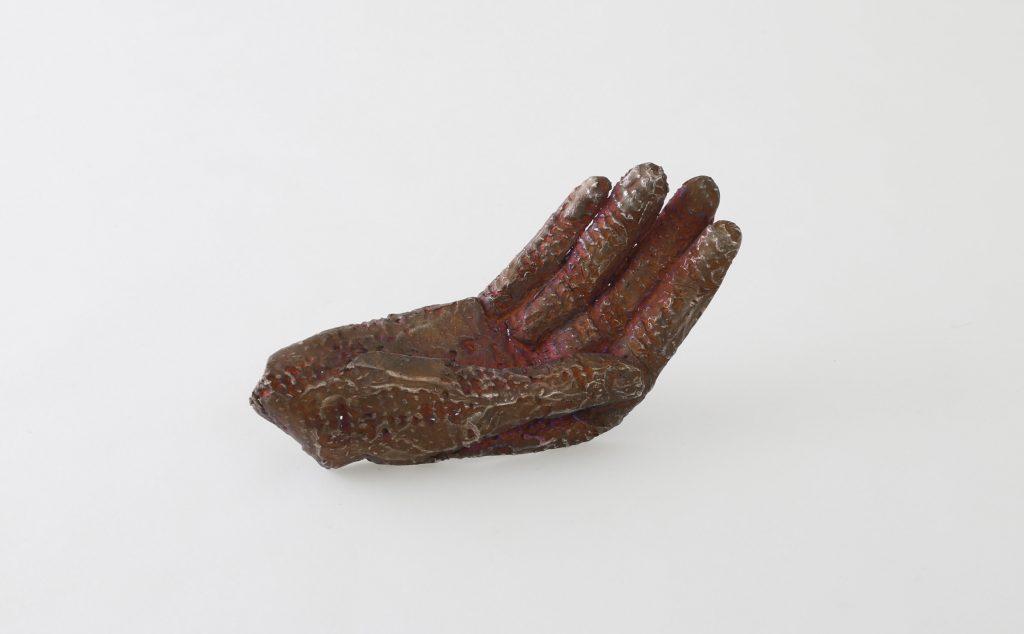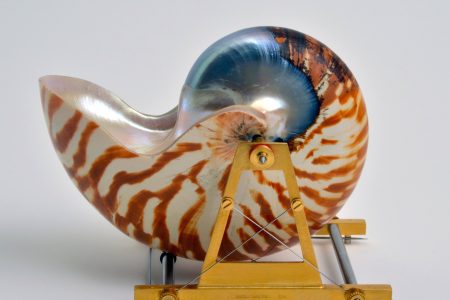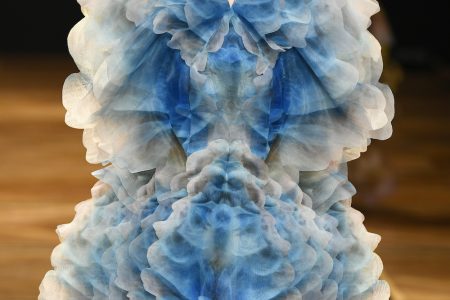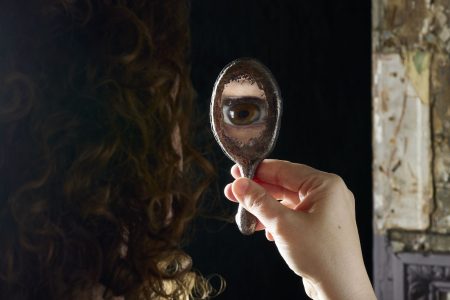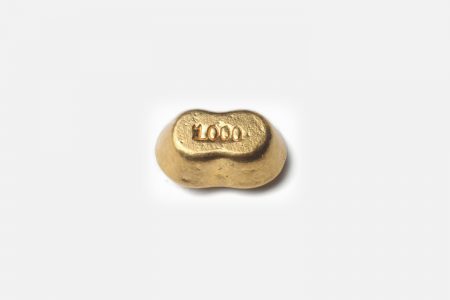Unpacking ‘Present’: Celebrating 40 years of Galerie Marzee
Galerie Marzee’s latest exhibition features jewellery collections of and works by the gallery’s artists and close friends. TLmag sat down with founder Marie-José van den Hout to learn more about Marzee’s oeuvre, ethos, and the person behind it all.
On a rainy summer afternoon, TLmag found its way to Nijmegen-based, but world-renown, contemporary jewellery Galerie Marzee. Located along (and looking over) the Waal River, the multiple-story space is the third location the gallery has had over the years — and is by far the largest. With a surface of about 850 square metres divided amongst several floors and in a uniquely designed building, Marzee breaks the mould for what many expect a gallery to look and feel like (picture: a white cube with no windows and a single attendant dressed in all black behind a desk towards the back of the room) — and it should, as the gallery is said to be the world’s largest specialising in contemporary art jewellery. With its threefold exhibition ‘Present‘, the gallery celebrates forty years of existence — an achievement worth the extra celebration, as not many galleries, or other cultural spaces, can achieve it nowadays. Living in the same building as her gallery and her over 2000 piece jewellery collection, the gallery’s founder and director Marie-José van den Hout sat down to talk about Marzee’s landmark anniversary, the challenges that come with running a jewellery centred gallery and the often-overlooked relationship between contemporary gallerists and their artists.
Having grown up in a family of silver and goldsmiths, with a focus on clerical (churchly) objects, it comes as no surprise that Marie-José would end up with a space that paid attention to the details of such craftsmanship and the people who specialise in it. With a background in sculpture and fine art, she first opened a store to sell her brother’s jewellery pieces — but soon moved on to showing other works that caught her eye. When asked what kind of work she’s interested in, Marie-José explains the three-pronged core that every single piece she shows must contain — she calls them the 3 H’s: Head, Hand and Heart. “Head means that the piece needs to be smart and have a good concept. The hand refers to the craftsmanship; it needs to be well made. Heart refers to the intentions it was made with, and that it was made by somebody who cares. That’s what I say when I visit students, that’s what I look for”. Later, she mentions that she only shows artists that are amiable and with works that she believes in — a pairing of strong ideals that might be a contributing factor to the gallery’s long lifespan.
Even though the gallery is internationally recognised, Marie-José notes that barely any locals visit her space— and that most of their visitors visit from places outside of Nijmegen, and even beyond the Netherlands. As for the challenges that come with running a gallery that focuses explicitly on contemporary jewellery, she notes that she often finds herself convincing people, even other artists, that creating jewellery is as much and as crucial of an art discipline as painting or sculpture. “You even see that mindset in the prices of the works. Even the oldest, rarest, most beautiful piece in this field would be a mere hundred thousand compared to a similar piece in painting or sculpture.” When asked if maybe the reason for this was that jewellery is seen as a “feminine” practice and/or aesthetic object, she replies with a definitive yes; “I think that’s definitely the case — and that red line can even be connected to the people who get recognition in this craft as well. When I visit schools, I often see classes that are 80 to 90% women, yet, when they graduate — I only ever hear about the men’s accolades. Something isn’t right.”
Looking back, she credits the annual ‘Marzee Graduate Show’ (a show highlighting recently graduated jewellery designers)and the seminal 1989 ‘Combs’ global travelling exhibition (which featured a series of combs created by renowned jewellers), for bringing the gallery into international recognition. The annual graduate show and her attention to furthering the education of young jewellery designers is so linked to Marie-José’s practice that she was honoured with the title of Officer of the Order of Oranje-Nassau for her work in propelling the careers of young jewellery artists. The honour was a complete surprise for Marie-José, who was still wearing the ribbon that was presented to her at the opening of the exhibition at the time of our interview: “I had invited the town mayor, hoping he would say a quick word at the opening — so when he presented me with this honour I was speechless and deeply affected”. She then proceeds to talk about her latest extra-curricular plan to further ensure student’s futures: an exchange programme with the Rhode Island School of Design in which a few students are invited to take control of a small space in Amsterdam under her watchful eye. “I’m hoping to teach them how to do everything that comes into play with running a gallery. They’ll be selling their work, producing their own shows, creating their own exhibition design; the works. Every three years, the school will change, and I’ve already got the next school waiting for its turn.”
Back to the gallery’s most recent exhibition: ‘Present’. With a title that refers to both the time that we’re living in now and a celebratory gift, this current exhibition is the experienced gallerist’s favourite exhibition to date, saying “Many visitors have told me that this exhibition is our best one yet, and I have to say that I agree — I feel an incredible sense of joy and pride when I think about what we’ve set up, and the pieces that we’ve received”. The set-up to the first two exhibitions within ‘Present’ is quite straightforward: Marie-José sent a simple wooden box, about the size of a postcard, by post to each of her artists as well as friends and collaborators of the gallery. She tasked the receiver to create something new with it, of it, or in it as a personal gift for herself — which would eventually enter the Marzee Collection. Here, the gallery’s artists were also asked to make a new jewellery piece that would be shown in the gallery during the exhibition.
The plan was that the boxes of the artists would be kept as a personal keepsake for Marie-José and that only the jewellery pieces would be presented — but as they started to arrive back at the gallery, she realised that they needed to be exhibited alongside each other. Every box came back with a thank you letter, the memory of their first or favourite encounter, congratulatory message or another intimate detail within the created work that highlights the relationship between the creator and the recipient of their present. “In my experience, gallerists aren’t often thanked by their artists for doing their job. It’s expected of us. Suddenly, I was receiving thank you after thank you — it was incredibly touching. In the past, the relationship between gallerist and artist was quite close: the gallerist would give the artist a sum to keep on creating work and to be able to live their lives without too much worry. Nowadays, that relationship is quite complex and isn’t talked or thought about that much. Here, we see an exhibition that highlights this modern relationship between gallerist and their artists.” In the space, each box, its contents, the story behind them and or/the newly created jewellery piece are presented as a single work. Protected by specially made transparent cases, the boxes and their thoughtful content remains playful in the way that they’re presented alongside each other on long wooden tables. With every box, whether it was made by one of the gallery’s old interns or by its star artist, shows us a glimpse into how intertwined the identities of Marie-José and her gallery are. Memories and thoughts of her can’t be disconnected from the work she does in the gallery, or as a gallerist. And so, this exhibition became so much more than a presentation of beautifully created jewellery pieces —becoming one that presents intimate memories and treasures that reflect on the multitude of relationships that have taken place within the last forty years.
The third, and last, exhibition that makes up ‘Present’ shows the large (nearly 400 piece) jewellery collection of Jur and Thea van Lee-Ellis, long-time friends of Marie-José, who, when Jur passed away, donated their pieces to the Marzee Collection. Alongside their pieces, one can also find the rest of the Marzee Collection by sliding open the lower archival file cabinets. “It’s important for me that every piece in our collection is on view, and is accessible to the public. Every piece in our collection has a direct link to the gallery — whether it’s because it’s been exhibited here, or through us, or because the people who have donated them are closely linked towards me, and their sensibilities are similar to ours. If somebody we didn’t know wanted to donate jewellery to our collection, that was not made by our artists or was in any way related to our practice. We’d most probably refuse the donation and ask them to maybe donates it to another gallery or museum.” This further confirms that the gallery, which is named after a curtailed pronunciation of Marie-José’s given name, is the direct product of its founder in every way, shape and form.
Ultimately, ‘Present’ is an homage to Marie-José van den Hout, whilst allowing her to maintain her humble, thoughtful and dynamic nature. Each piece — however different the artist, material or methodology that created them is — tells an incredibly personal story that links two people together, and, when looking at the complete picture, reveals a spiderweb of connections that links a diverse group of people through a single thread (can you guess who that thread is?).
Galerie Marzee’s anniversary exhibition ‘Present’ will be on view until August 10th, 2019.
Cover Photo: Christine Matthias’ box for Marie-José van den Hout
